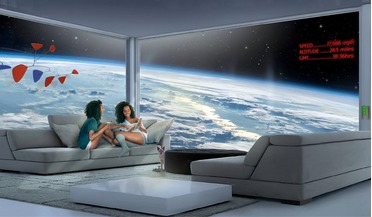 May 2019
Cold comfort for astronauts
May 2019
Cold comfort for astronauts
... needs and self-actualisation needs Maslow’s eight-stage-model added (6) “cognitive needs for sheer knowledge (curiosity) and for understanding (the philosophical, theological, value system-building explanation need)”; and (7) aesthetic needs related...
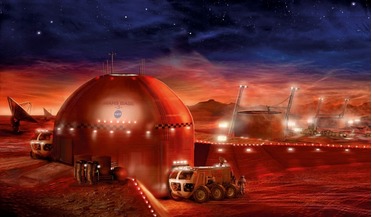 April 2020
Evolutionary lessons for an interplanetary future
April 2020
Evolutionary lessons for an interplanetary future
... a lasting impression on Darwin. Yet it was not the uniqueness of the marine iguanas that most aroused Darwin’s curiosity, but their similarity to the green iguanas in mainland South America and to the land iguanas that also...
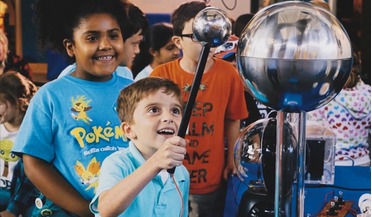 July 2020
Trailblazing STEM education
July 2020
Trailblazing STEM education
... top ranking. Therefore, it is imperative that we ask the question: what is the correct combination of ingredients that sparks curiosity and engages students so that they connect their skill-sets with the careers of the 21st century...
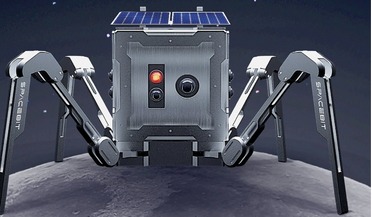 November 2020
Walking on the Moon
November 2020
Walking on the Moon
..., the ‘bag of sugar’. For comparison, China’s Yutu Moon rover had a launch mass of 120 kg and NASA’s Curiosity Mars rover some 900 kg. The Asagumo rover is effectively a ‘walking CubeSat’ - its cubical body (without legs...
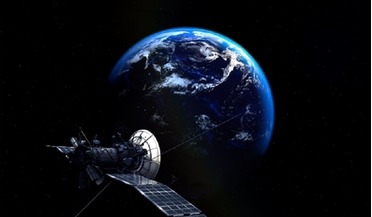 May 2021
Taking quantum into space
May 2021
Taking quantum into space
... small satellites is advantageous for our global future. From time immemorial, humans have dreamt of space exploration, curiosity about the outer space being one of the biggest driving factors in the progress of human knowledge. On the...
 May 2021
In-situ propellant design for Mars ascent vehicles
May 2021
In-situ propellant design for Mars ascent vehicles
... design solutions for long-term Mars missions. A view across the Martian landscape from NASA’s Mars Curiosity rover looking towards Mount Sharp. About the authors Dr Ozan Kara is an R&D engineer at DeltaV Space Technologies Inc...